Medical Scholar Researcher
Medical Scholar Researcher, Class 2025

Elias Perli
Campus: CHI-St Joseph’s Health, Bryan, TX
Research Area: Neurosurgical management for self-inflicted gun head injury
Mentor: Jason Hoover MD, Gloria M. Conover PhD, Steve Maxwell PhD and Ashok Shetty, PhD
Medical Scholar Researcher, Class 2024
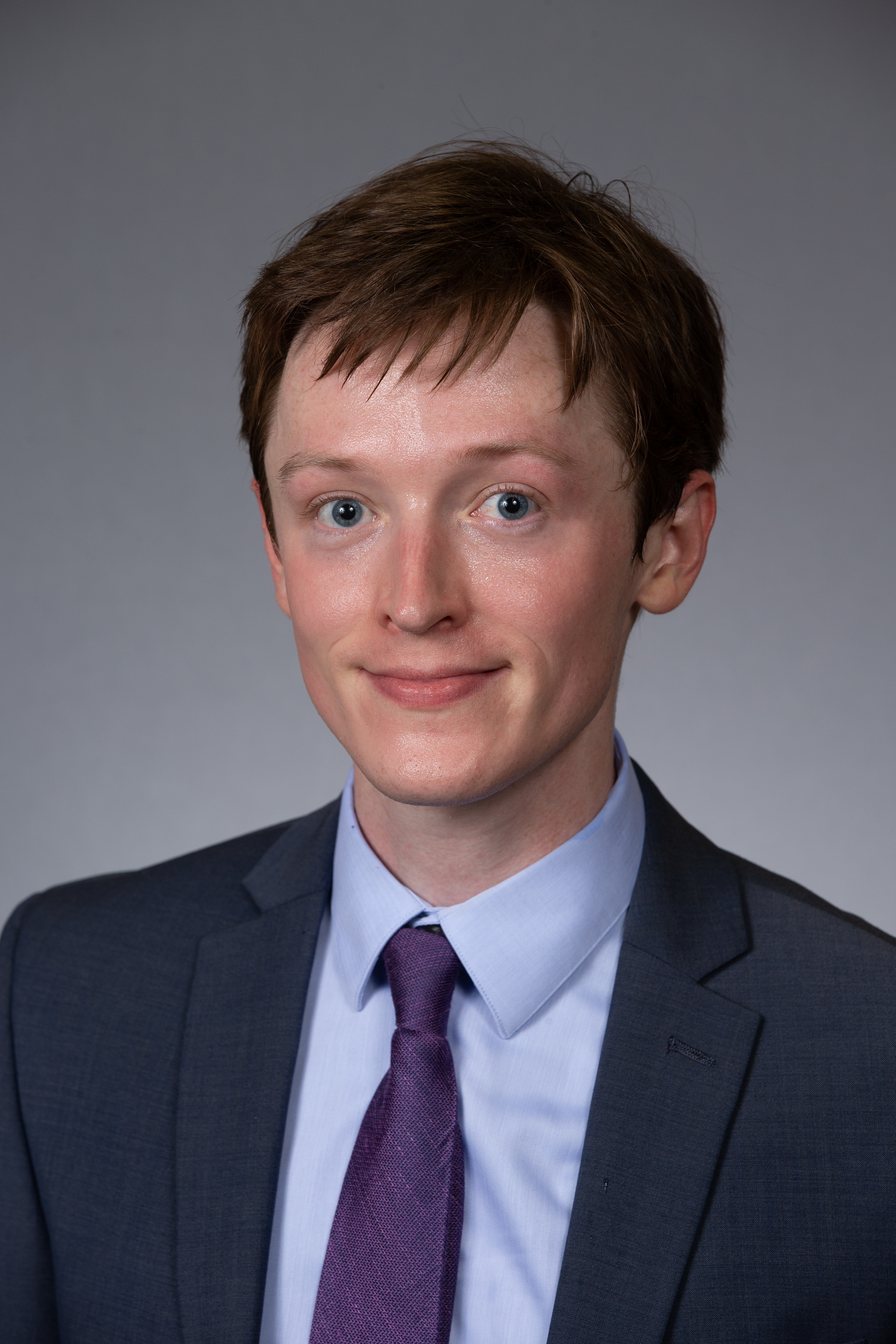
Dylan Grote
Campus: Round Rock Clinical Campus, Round Rock, TX
Research Area: Emerging therapies for management of hepatic encephalopathy
Mentor: Robyn Fader MD, Shannon Glaser PhD, Gloria M. Conover PhD, and Steve Maxwell PhD

Racheal Wong
Research Area: Variable expressivity of mutant desmin in patients presenting with familial restrictive cardiomyopathy
Mentor: Gloria M. Conover, Ph.D
Rachael Wong, a member of the Class of 2024 in the College of Medicine, is writing a review article on familial cardiomyopathy associated with inheritance of desmin variants under the mentorship of Gloria M. Conover, Ph.D., Instructional Assistant Professor, in the Department of Medical Education at Texas A&M University. Desminopathy occurs when a pathogenic mutation in DES affects cardiac, smooth and or skeletal muscle function that can be result in a constellation of complex signs and symptoms. Desmin cytoskeletal filaments proteins are integral components of the force transmission apparatus in muscle cells. Interestingly, patient clinical presentation can vary greatly in the severity and type of muscle involvement even among identical SNP variant missense mutations. Analysis of the clinical and phenotypic variability across families with autosomal dominant inheritance emphasizes the importance of considering the genetic context of patients when designing individual clinical management plans to prevent severe complications such as heart transplant and sudden cardiac death. Of note, a review of the literature shows that a patient with restrictive cardiomyopathy and atrial fibrillation AF, revealed yet another complex phenotypic variation, but also uncovered mixed quantities of missense (p.E245D) and truncated (p.D214-E245del) variants in his skeletal muscle and only the truncated variant in his cardiac muscle. In conclusion, review of various families strongly indicates that in a number of desminopathy patients the relative amounts of desmin variant in a patient muscle could be potentially used to predict disease severity and progression.
Medical Scholar Researcher, Class 2023
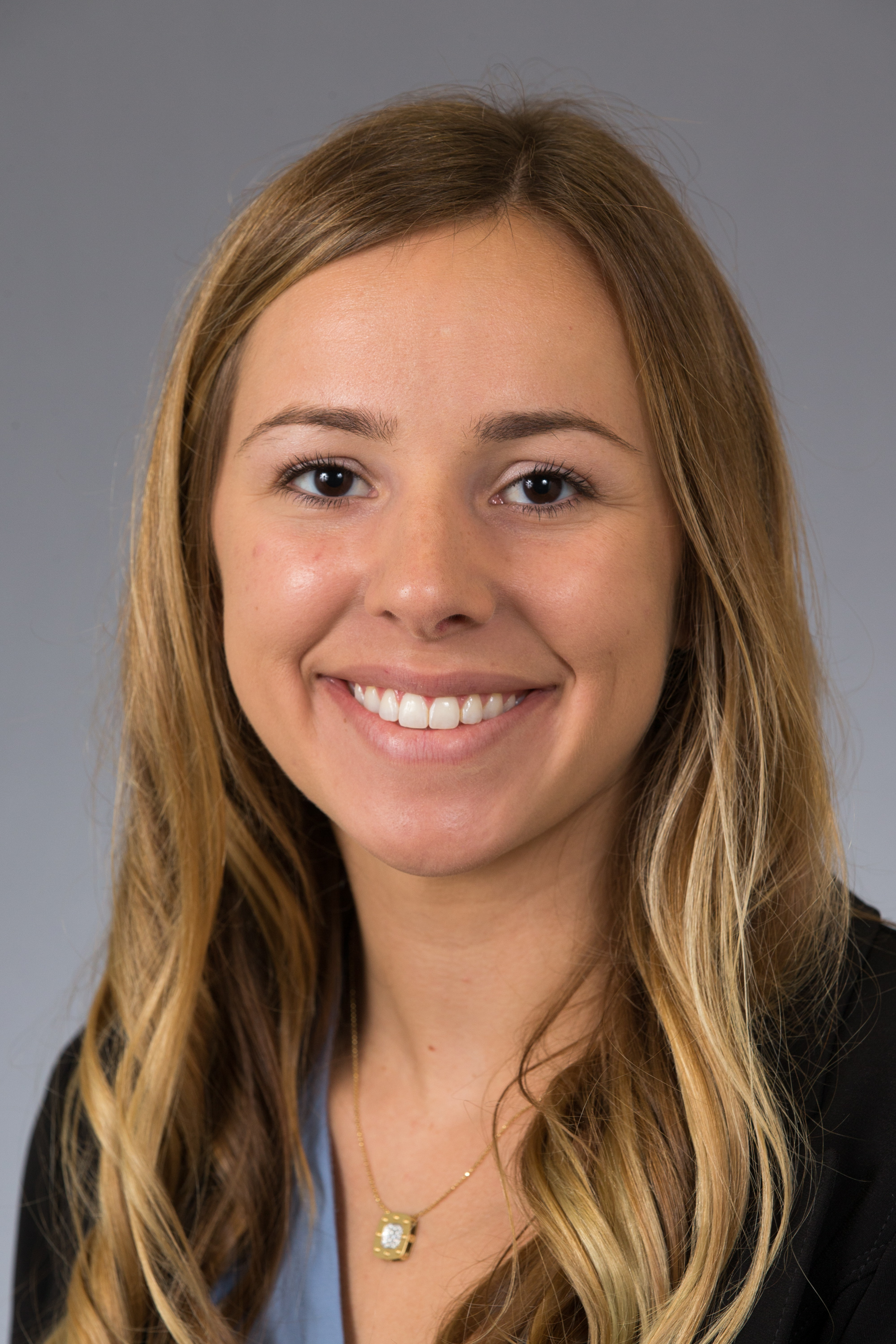
Campus: Baylor Scott and White Health, Temple, TX
Research Area: Use of maternal carcinoembryonic antigen for early diagnosis of feto-maternal hemorrhage
Mentor: Joanna Stacey, MD, Gloria M. Conover, PhD and Steven Maxwell, PhD
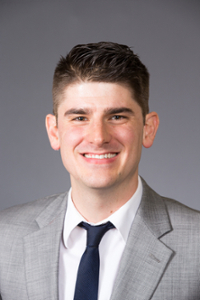
Campus: Baylor University Medical Center, Dallas, TX
Research Area: Endogenous Retroviruses and the Evolution of Human Pathophysiology
Mentor: Jack W. Smith, PhD
Matthew D. David, class of 2023 in the College of Medicine, is investigating the role of endogenous retroviruses in physiology and pathogenesis of human disease under the mentorship of Dr. Jack W. Smith, MD Ph.D., Professor and Director, Center for Biomedical Informatics, Texas A&M University.
Endogenous retroviruses (ERVs) are sequences in the human nuclear genome that are descended from the infection of gametes by exogenous retroviral species. Unlike exogenous viruses, ERVs are inherited from parent to offspring, and make up a larger proportion of the human genome than do protein coding genes. They have been associated with cancer, autoimmunity, and neurodegenerative diseases, and are becoming the targets of novel therapeutics. This raises an important question: before ERV-associated disease can be safely treated, what can be established about their origin and role in the genome?
The distribution and frequency of ERVs, their role in gene regulatory networks associated with immune signaling and pluripotency, and their function in placental formation, strongly suggest a reproductive fitness-enhancing role of ERVs. By elucidating an anthropogeny-based model of ERV integration into the human genome, predictions may be made about the age of onset and mechanisms of disease incidence associated with ERVs. The model identifies the functional interdependence between ERVs and human physiology as a byproduct of their origin, describes the role of ERVs in novel genetic variation, and predicts the pathogenic properties of ERVs as a set of accumulated trade-off adaptions.

Campus: Baylor University Medical Center, Dallas TX
Research Area: The Effect of a Local Anesthetic Cocktail in a Serratus Anterior Plane Block for Implant-Based Breast Reconstruction
Mentor: Nicholas Lombana MD
Nicole DeSisto, an MS3 at Texas A&M University College of Medicine- Dallas Campus, is investigating the effect of a local anesthetic cocktail in a serratus anterior plane block when used during implant-based breast reconstruction. She is working in collaboration with Peter Park under the guidance of Dr. Nicholas Lombana MD, a PGY-3 Plastic and Reconstructive Surgery resident at Baylor Scott and White Hospital in Temple, TX. Serratus Anterior Plane (SAP) blocks are applied intra- operatively to anesthetize the T2-T9 dermatome during implant-based breast reconstruction. Blocks are often incorporated into Enhanced Recovery After Surgery (ERAS) protocols with the goal of decreasing opioid use and patient length of stay. The efficacy of the SAP block, when combined with other breast blocks, has been demonstrated well in prior literature. However, the efficacy of an SAP block alone within an ERAS protocol has not been demonstrated. Our study aims to compare postoperative opioid consumption and length of stay between women who underwent implant-based breast reconstruction with an ERAS protocol alone and those who with an ERAS protocol including an SAP block. The long-term goal of this research is to investigate the efficacy of the SAP block when used within an ERAS protocol.
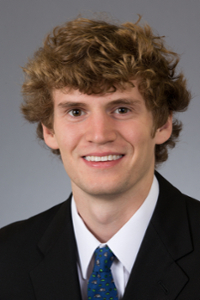
Campus: Baylor University Medical Center, Dallas, TX
Research Area: Art in medical education and in the communication of health information to patients and the public
Mentor: Barbara Gastel, MD, MPH
Jared Eichner, a member of the Class of 2023 at Texas A&M University College of Medicine – Dallas Campus, is investigating how art has been used in medical education and in the communication of health information to patients and other members of the public. His research was conducted under the mentorship of Barbara Gastel, MD, MPH, Professor of Veterinary Integrative Biosciences and of Humanities in Medicine and Coordinator, MS Program in Science and Technology Journalism. As an M1 and M2 MSRPP student, Jared completed an MSE project on Theodor (Dr. Seuss) Geisel's work related to medicine, and as an M3, he completed a student-initiated elective focusing his MSR project on art museum and medical school collaborations.
Following his research into Geisel's efforts to train soldiers in malaria prevention using text and images, Jared's research expanded to new areas as ‘COVID-19' and 'coronavirus' entered our daily vocabulary. Varying languages, literacy levels, and medical knowledge encouraged the world-wide acceptance of graphic medicine as a public health education tool, as shown by images depicting how to minimize viral infection risk by properly washing one’s hands or wearing a mask. Rapidly changing global information about COVID-19 infection, prevention, and treatment is widely disseminated with text and graphics that quickly summarize complicated medical developments.
Eichner's third-year research activity began when a video submission of his research into Geisel's work was selected for inclusion in the Graphic Medicine International Collective's 2021 UnConvention (virtual), and Eichner was a panelist on the Graphic Medicine as Communication session of the UnConvention. As an MSR, he explored the intersection of art and medicine, including collaborations between medical schools and art museums on visual examination courses where healthcare workers translate skills acquired in a museum setting to improve clinical observations, including the recognition of ambiguity and bias. Next, he plans to continue to explore the use of art to engage patients in their own health and well-being.
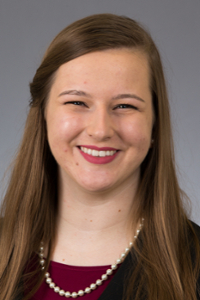
Campus: Baylor University Medical Center, Dallas, TX
Research Area: Generic substitution of antiepileptic drugs: Is it time for narrow therapeutic index classification?
Mentor: D. Samba Reddy Ph.D. RPh

Abraham Munnerlyn
Campus: CHI-St Joseph’s Health, Bryan, TX
Research Area: Sleep management emerging therapies for Rauch-Steindl children
Mentor: Drew Thodeson MD, Laura Smith PhD, Gloria M. Conover PhD, and Steve Maxwell PhD
Sarah Elmer, a member of the Class of 2023 in the College of Medicine, is investigating the effects of the generic substitution of antiepileptic drugs (AEDs) under the guidance of D. Samba Reddy, PhD, RPh, a Professor, Department of Neuroscience and Experimental Therapeutics at Texas A&M University. More than thirty AEDs are available for treating epilepsy, including many new drugs approved within the past two decades. AEDs differ in their potency and efficacy in controlling seizures by acting on diverse targets in the brain and often with variable pharmacokinetic features. Several AEDs cause enzyme induction that leads to drug-drug interactions. Moreover, nearly 30% of people with epilepsy have drug-resistant or intractable seizures. Generally, it is thought that generic AEDs pose few issues as compared to branded versions. However, generic substitution is a complex issue. There are critical aspects to consider when switching a brand name AED when a generic becomes available or switching between generics. Frequent generic substitution in people with epilepsy can cause problems because FDA rules allow too much variability across products. The standard bioequivalence range (80% to 125%) appears too broad for many AEDs, especially those exhibiting little separation between therapeutic and toxic levels or with narrow therapeutic concentrations. Hence, sub-therapeutic concentration may lead to therapeutic failure with recurrence of a seizure, which could be life threatening. A supra-therapeutic level could result in adverse effects or compliance issues. Generic AEDs are interchanged with little consideration of these and other clinical factors. There are reported issues with generic substitutions of phenytoin, topiramate, levetiracetam, carbamazepine, and lamotrigine. There is great discussion in the epilepsy community about additional guidelines including designation of generic AEDs as a Narrow Therapeutic Index (NTI) drugs. There are many questions like which AEDs should be classified as NTIs and what factors govern NTI designation? Based on the published evidence on specific generic AEDs, it is suggested that all such AEDs be considered for inclusion in NTI class to prevent the clinical outcome issues associated with generic AED switching.
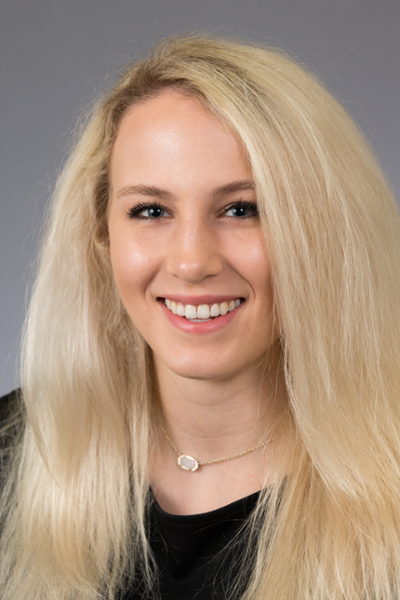
Campus: Baylor University Medical Center, Dallas, TX
Research Area: Recognition of Familial Hypertrophic Cardiomyopathy in Clinical Practice
Mentor: Gloria M. Conover, Ph.D.
Jordan Han, a member of the Class of 2023 in the College of Medicine, investigate the effects of the genetic causes for hypertrophic cardiomyopathy under the guidance of Gloria M. Conover, Ph.D., Instructional Assistant Professor, in the Department of Medical Education at Texas A&M University. During her time in as a Medical Scholar Researcher in the MSRPP program, Jordan completed a research study on familial hypertrophic cardiomyopathy, with emphasis on the practical, clinical recognition of the condition. The first presentation of this condition is commonly sudden cardiac death in otherwise healthy individuals, and early recognition of the disease by a primary care provider or any provider of the patient is important for not only preventing serious consequences of the disease, but also proactive medical management. This was performed during a student-initiated research elective, during which didactic material was provided by modules from the British Medical Journal and their partnership with UCSF. This material not only provided background on the process undertaking scholarly research, but also data collection, interpretation, and discussion of results in a manner suitable for publication. The modules further explored ethical considerations in research, incorporation of research in clinical practice, recognition of quality vs. inadequate research, and the future of scientific discovery. Their research conducted on familial signs and manifestations of hypertrophic cardiomyopathy culminated in a formal oral presentation Launch Talk given to the Texas A&M community of scholars at the Medical School last November 2021.

Campus: Baylor University Medical Center, Dallas, TX
Research Area: NIK Regulation of Neural Function and Brain Cancer Pathogenesis
Mentor: Raquel Sitcheran, Ph.D. and L. Gerard Toussaint III, MD
Caren Stuebe, a third-year Medical Student at Texas A&M University College of Medicine – Dallas Campus, is investigating the role of nuclear factor-kappa B (NF-kB)-inducing kinase (NIK) in neuronal activity and in the tumor neogenesis of glioblastoma multiforme (GBM) under the mentorship of Dr. Raquel Sitcheran, Ph.D., Associate Professor in the Department of Molecular and Cellular Medicine, and Dr. L. Gerard Toussaint, III, M.D., Associate Professor in the Department of Neuroscience and Experimental Therapeutics and neurosurgeon at Texas Brain and Spine Institute. GBM is the most common and aggressive primary brain tumor, with a rapid progression and poor prognosis (median survival 12-15 months) despite surgical resection, radiation, and chemotherapy standard of care. NIK, a critical upstream regulator of NF-kB, is integral to adaptive immunity and lymphoid organ development. The Sitcheran lab has established that NIK has NF-κB-independent roles in regulating mitochondrial metabolism and function to promote GBM invasion and growth. Preliminary data demonstrate that NIK KO mice exhibit impaired astrocyte metabolism and calcium signaling, which is involved in neural communication. We proposed that NIK plays an important role in regulating neuronal activity to promote tumor neurogenesis and progression in GBM. This project aims to better understand NIK's role in neural invasion and the neurogenesis of GBM through evaluating NIK loss-of-function and pharmacological inhibition and its resultant impact on neuronal differentiation, signaling, and tumor progression in neural stem cell lines and mouse neuronal and astrocyte isolates. The long-term goal of this research is to contribute to the understanding of GBM progression and identify new, treatment targets.
Medical Scholar Researcher, Class 2022
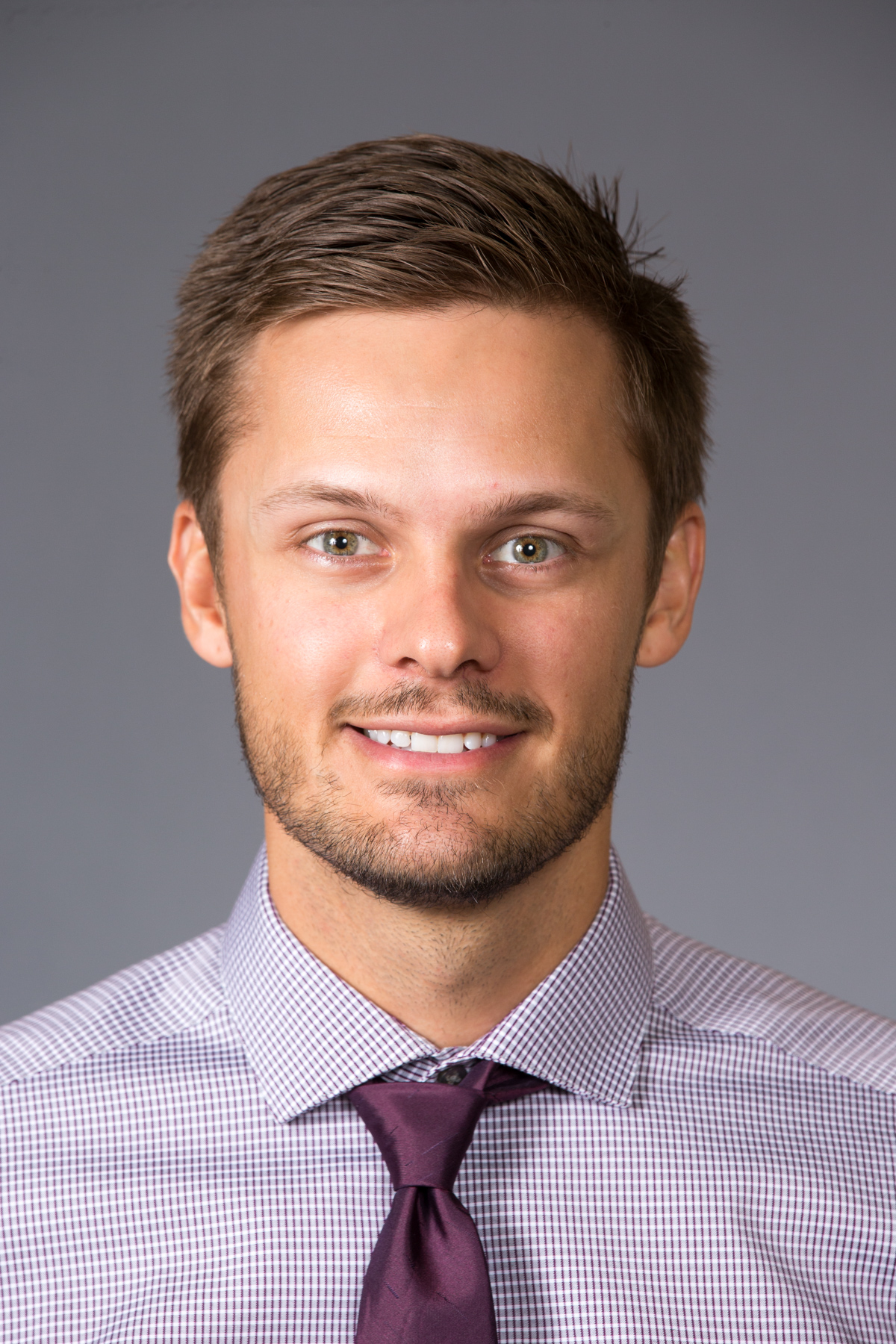
Campus: Baylor Scott and White Health, Temple, TX
Research Area: Proximal Pulmonary Embolization to Control Recurrent Severe Hemoptysis
Mentor: Steven Ruiz, MD and Gloria M. Conover, PhD
Eric Swanson, a third-year Medical Student in the Texas A&M University College of Medicine, is investigating a novel proximal pulmonary artery embolization procedure to control recurrent hemoptysis under the mentorship of Dr. Steven Ruiz MD, Interventional Radiologist, Baylor Scott and White Temple Department of Interventional Radiology, and Dr. Gloria Conover PhD, Director of Medical Student Research and Instructional Assistant Professor, Department of Medical Education, Texas A&M University College of Medicine. Recurrent hemoptysis is a common complication in lung tumor patients occurring in approximately 20% of lung tumor patients with 3% incidence of causing death when hemoptysis is severe. Greater than 90% of hemoptysis originates from the systemic arteries with less than 10% originating from the pulmonary arteries. The underlying pathology contributing to hemoptysis in lung tumor patients is pulmonary artery erosion secondary to tumor necrosis. Diagnosis is confirmed with computed tomography (CT) scan. Currently, bronchial artery embolization (BAE) is the first-line treatment with surgical management often used as the definitive treatment in surgical candidates. However, in 20% of patients, bleeding will persist post-BAE and is associated with high mortality. In such cases, pulmonary artery embolization is indicated to control persistent hemoptysis post-BAE or in patients with CT diagnosis of pulmonary artery pathology, such as erosion or pseudoaneurysm. Typically, only the segmental or distal branch of the pulmonary artery contributing to the bleeding is embolized in an attempt to minimize the impact of embolization upon pulmonary hemodynamics and maintain perfusion to as much of the lung parenchyma as possible. As such, there has never been a reported case of a proximal pulmonary artery embolization to treat hemoptysis. Here, a novel case of a complete proximal pulmonary artery embolization in a lung tumor patient was investigated which effectively resolved recurrent hemoptysis after failed bronchial artery embolization.
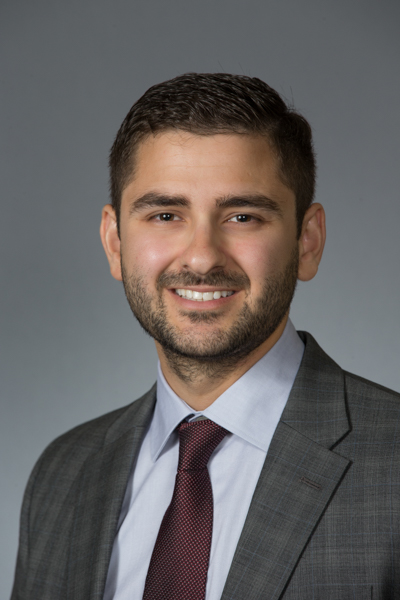
Campus: CHI St. Joseph Health Regional Hospital, Bryan, TX
Research Area: The Use and Effects of Humor in the Clinical Learning Environment
Mentor: Angela Hairrell, Ph.D.
Jordan Garcia, class of 2022 in the College of Medicine, is investigating the role and functions of humor in the clinical learning environment under the guidance of Angela Hairrell, PhD, Director of Academic Support Services at Texas A&M College of Medicine. Much of what medical students and residents learn in clinical training settings is transmitted through social interactions. Although humor is a pervasive, multifaceted component of these interactions, there has been surprisingly little medical education research on how medical trainees and educators understand and interpret humor. It is essential to investigate humor’s psychological, social, and cognitive functions to understand the nuances of the everyday use of humor in clinical settings. The goal of our research is to first examine the literature on the perspectives of medical educators and trainees regarding humor. Specifically, we are interested in the different humor styles frequently employed in clinical settings. Then, we aim to increase awareness of humor’s effects and offer suggestions for medical educators to implement into their clinical teaching practice. We are examining humor as an interpersonal and communication skill and are using a communication competence framework in our current research. Our hypothesis is that when used effectively and appropriately, humor can be a useful component of a medical educator’s toolset that facilitates learning.
Medical Scholar Researchers Team: Classes 2021 and 2022
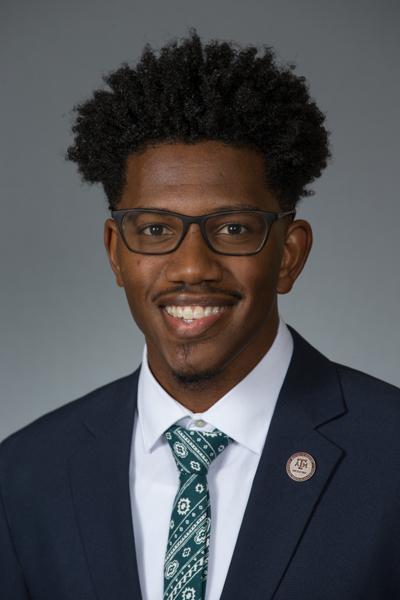
Michael Junior

Astha Mittal
Campus: CHI St. Joseph Health Regional Hospital, Bryan, TX
Research Area: Assessing Learner’s Resilience in a Longitudinal Clerkship Curriculum
Mentor: Michael Spohn, MD, FAEM
Michael Junior, MS4 and Astha Mittal, MS3 in the College of Medicine, are participating in a medical education research project under the guidance of Michael Spohn, MD, FAEM, Bryan College Station Associate Dean, Clinical Associate Professor (Affiliated) and Director of the Texas A&M Integrated Program (AIM). Medical clerkship curriculum has traditionally been done in block modules where students are placed in 6 or 8 week immersions of different specialties. In the past decades, there has been the advent of longitudinal integrated curriculum where students are placed in all 6 core clerkships simultaneously creating a different learning environment. Given that these clerkship years are formative for both professional identity and resiliency in the medical profession, it is important to investigate the differential impact on resilience of the 2 curriculum formats. Previous studies have shown that traditional campuses lead medical students to successful resilience building, however, to our knowledge there has been little research evaluating similar resiliency development in longitudinal curriculum model where students are required to multitask in synchronous 6 clerkships interspaced with electives courses. Our study proposes that AIM model may likely place students in demanding academic medical environment as compared to the traditional model. Given that there have been few studies in the literature to attain a better understanding on how a longitudinal curricula alters the medical student experience, we set out to determine what factors may play a role in creating a successful clerkship experience. Our study will use mixed methods—focus groups and survey instruments—study to elucidate the mediators of success and resiliency in a longitudinal curriculum from MS3 in the AIM program through an IRB-approved survey to medical students conducting their longitudinal clerkships at CHI-St Joseph Health Regional Hospital and will culminate with a focus group to present findings to the medical educator community at the Texas A&M College of Medicine.